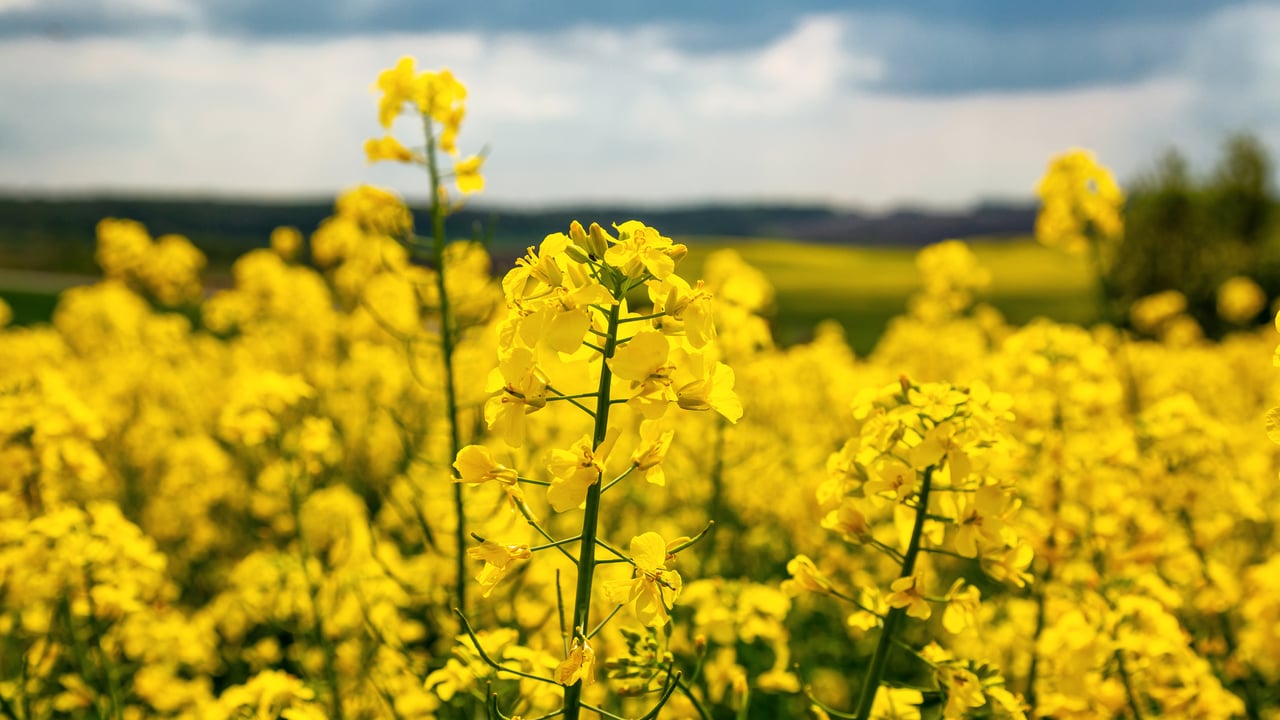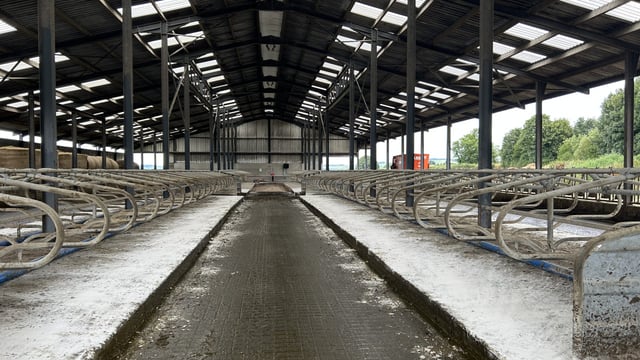Tillage: Key considerations when drilling winter oilseed rape
According to Teagasc, winter oilseed rape has been a key success story of 2025, as most crops have averaged over 5t/ac.
Coupled with the good prices available now, these crops will leave a good margin for growers this year.
Given the early end to the harvest, there will be plenty of opportunity for growers to think strategically about how they can make best use of the oilseed rape option in 2025/2026.
Teagasc tillage specialists point to five key priorities that must be addressed when it comes to successfully establishing a crop of winter oilseed rape.
The crop works at numerous levels within an Irish tillage rotation, according to Teagasc.
First off, it is a very successful break option. When growing well, it is extremely deep rooting, which helps to manage soil compaction.
The one downside to oilseed rape is its predisposition to club root. Once this issue has arisen, it is extremely difficult to get rid of.
As a result, Teagasc is advising tillage farmers that want to grow rape to not include any brassica varieties within cover crop mixes they want to establish.
Rotation
Ideally, there should be a five-year gap from the previous crop, according to Teagasc.
Be aware of any brassica cover crops that may have been grown in the field. Club root issues have become more common in the last few years due to the quantity of brassicas in general being grown.
Varietal choice
There are about 15 different varieties of oilseed rape on offer at the moment so choosing a good variety can be difficult.
Apart from the yield rating, there are a few traits that you should look for in a variety, such as lodging resistance; light leaf spot and phoma resistance; pod shatter resistance; and turnip yellow virus resistance.
Drilling
Whether you use a plough-based system or a reduced cultivation type system, be careful not to bury seed too deep.
The crop should be rolled after drilling to ensure good germination
Weed control
Pre-emergence herbicides, in general, give better overall control of a wider range of broadleaf weeds.
Where possible, this should be applied as soon after drilling as possible.
With the current dry conditions, this may not be ideal, so you may be forced to opt for post-emergence control.
Pests
Slugs are the main risk at this time of year, so keep an eye out for any of the typical damage.
If there is any evidence of slug grazing, apply some slug pellets. Rolling should also help.





